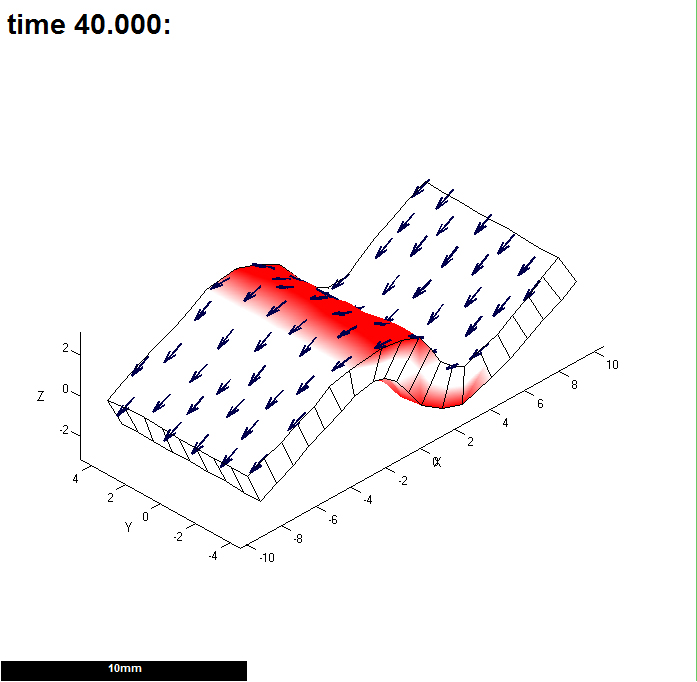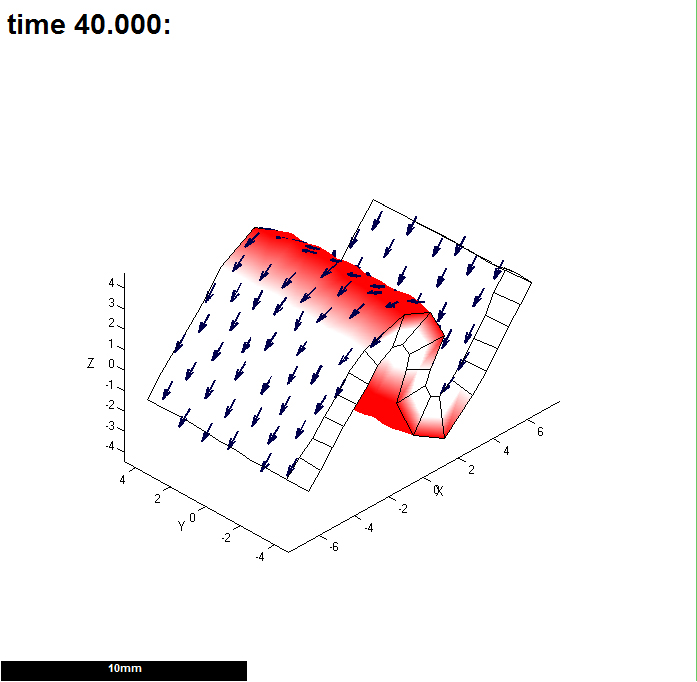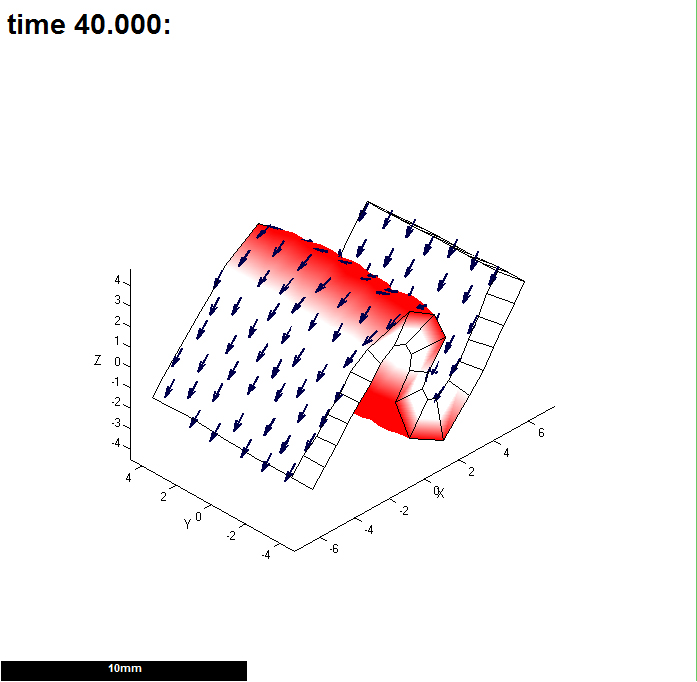Time: tradeoff: Difference between revisions
Jump to navigation
Jump to search
No edit summary |
No edit summary |
||
| Line 8: | Line 8: | ||
|width="200px"|[[File:GPT_DemoSubdivision_DT_3B.jpg|200px|GFtbox interface]]Step size (dt) is 0.1. This shape is very similar to the previous one so we might conclude that it is not necessary to make the stepsize this short, a stepsize of 1 is OK. | |width="200px"|[[File:GPT_DemoSubdivision_DT_3B.jpg|200px|GFtbox interface]]Step size (dt) is 0.1. This shape is very similar to the previous one so we might conclude that it is not necessary to make the stepsize this short, a stepsize of 1 is OK. | ||
|} | |} | ||
'''It still might not be correct because the mesh might be too coarse,''' [[Mesh: tradeoff|See mesh tradeoffs]] | '''It still might not be correct because the mesh might be too coarse,''' [[Mesh: tradeoff|See mesh tradeoffs]]<br> | ||
'''It still might not be correct because the tolerances might be too large,''' [[Tolerances: tradeoff|See tolerance tradeoffs]] | '''It still might not be correct because the tolerances might be too large,''' [[Tolerances: tradeoff|See tolerance tradeoffs]] | ||
<br><br> | <br><br> | ||
Latest revision as of 11:43, 6 December 2012
Return to GFtbox hints and tips
Choosing a timestep that is short enough to be accurate and yet not take too long to compute
There is a tradeoff between speed and the accuracy with which the equation solver can solve the equations. This is feature of all numerical modelling. Continuous time is approximated by a series of short intervals or steps (dt). With steps that are too long the mesh will grow more than about 2% - an acceptable limit. Very short steps take a long time to compute and can also suffer rounding problems. This is an example of subdividing a rectangular mesh in the region in which curves will develop.
It still might not be correct because the mesh might be too coarse, See mesh tradeoffs
It still might not be correct because the tolerances might be too large, See tolerance tradeoffs


